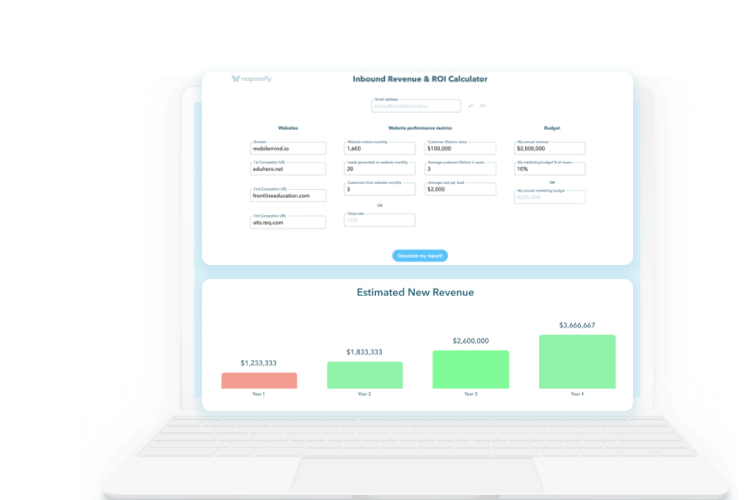 1516 Views
1516 Views  3 min read
3 min readIn 2013, 72% of American Internet users said they had looked online for health information within the past year according to Pew Research Center (View factsheet). As a HealthTech company you should consider your website as the first member of your sales team where your potential clients are going. HealthTech customer retention is key. In the same manner that a customer does not want to interact with a sloppy, unkempt and disorganized sales person, the same can be said for an initial interaction with a website. Only a neat, user-friendly and welcoming site will will ensure repeat business. Here’s a few tips to…
You wouldn’t let a doctor treat you without a checkup right? Don’t jump the gun and design your company’s website before having decided what main goal it should be. HealthTech companies don’t all share the same goal. Some companies sell applications that connect patients and physicians, while others might equip healthcare facilities with cutting-edge tech. In any case, define the unique aspects of your brand and build your website with this key differentiator in mind. It’s going to give you an upper hand on your competition.
Who are you trying to resonate with? Doctors, caregivers, nurses, and patients have different needs and behavior patterns. A website for nurses is going to be different than a website for doctors. Think about who your web visitors are and prepare according for them. It will ensure your web experience is an engaging and relevant one.
Health care is a data-driven industry. Tests and certifications prove your product’s quality to your customers. But with poor web design, your customers might not see your hard earned certifications! Proving your reliability begins with a well designed website.
Most HealthTech products are about making life easier for physicians or patients. And with all the technical terminology or processes, sometimes words just don’t cut it. Here’s where videos can be an HealthTech star:
This is an important part of Search Engine Optimization (SEO). Frequently updated content shows you’re up to date with the latest trends in Health Tech. Publishing news and blog posts on a regular basis is worth the effort. More customers will look for the fresh information on your website, and Google+ will rank you higher for it.
Let’s put ourselves in your customer’s shoes for a moment. Patients wait until they need a doctor before looking for an app to use. Hospitals wait until a new piece of technology is well known before investing in it. What does all this waiting time mean? HealthTech marketers need to keep their brand fresh in their customer’s minds. Make sure you’re visible and active on social networks such as LinkedIn, Twitter and Facebook. Don’t forget niche Health Tech communities like Mendeley, Life Science Alley or Startup Health.
As of April 2014, 7.5 million Americans signed up for health insurance on HealthCare.gov. What’s noteworthy? More than a quarter of these citizens signed up from mobile devices! By investing in a responsive website allowed the government to exceed its initial expectations. Don’t drop the ball with a cheap in-house website. Investing in an advanced responsive website means cheaper web maintenance and increased web traffic. Keep in mind, if you’re satisfied with a cheap, in-house made website, it’s a safe to bet that it will end up being harder to maintain and cost more in the long run than if you had initially invested in high quality web design services.
